Supersonic Naval Cruise Missile For Norway, Germany In The Works
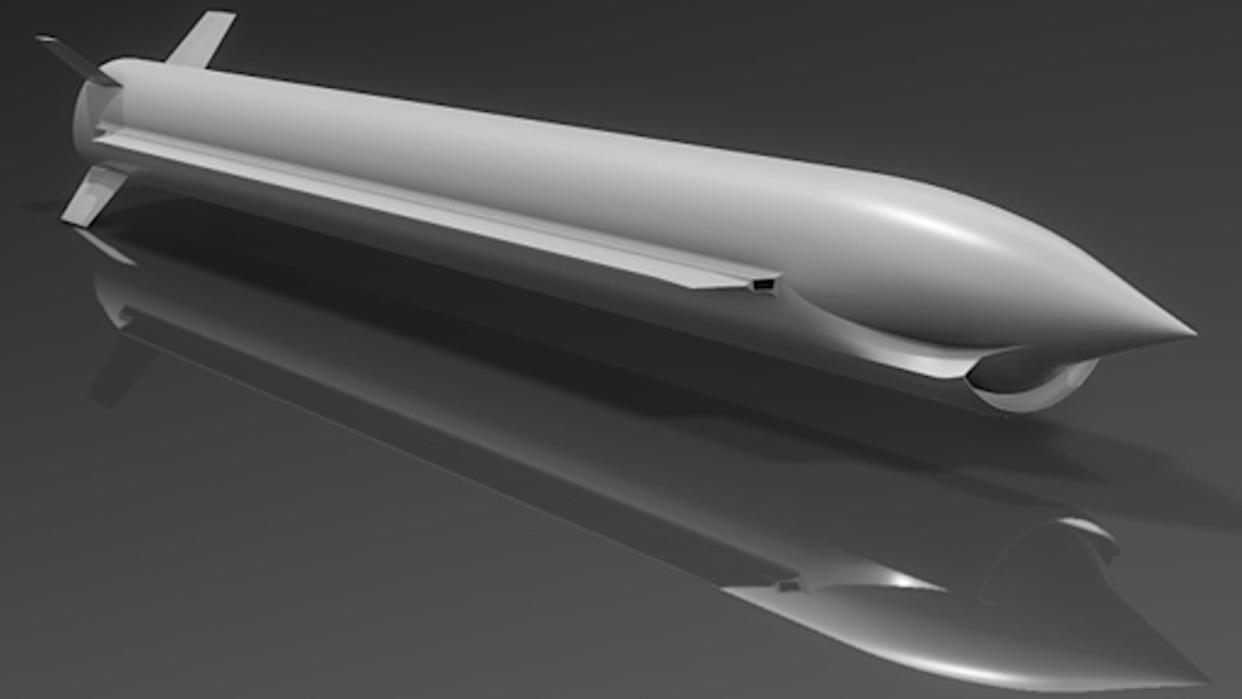
The governments of Norway and Germany have teamed up to develop a new supersonic naval "super missile" to arm warships belonging to both countries. A supersonic naval strike missile, which could potentially be used against targets ashore and at sea, would represent a major capability boost for both the Norwegian and German navies.
Norwegian defense contractor Kongsberg Defence & Aerospace, which is now leading the project, announced the bilateral missile development effort last week. The missile is currently known as the SuperSonic Strike Missile (3SM) and by the nickname Tyrfing, a magical sword from Norse mythology.
Details about the 3SM are, so far, scant. However, a rendering that Kongsberg has released, seen at the top of this story, has a large air intake under the nose. This is a design feature often associated with ramjet and scramjet engines, though a ramjet would be more in line with Tyrfing being a supersonic design. Ramjets and scramjets are also often linked to missiles and other air vehicles with very high supersonic or even hypersonic speeds. Hypersonic speed is defined as anything about Mach 5.
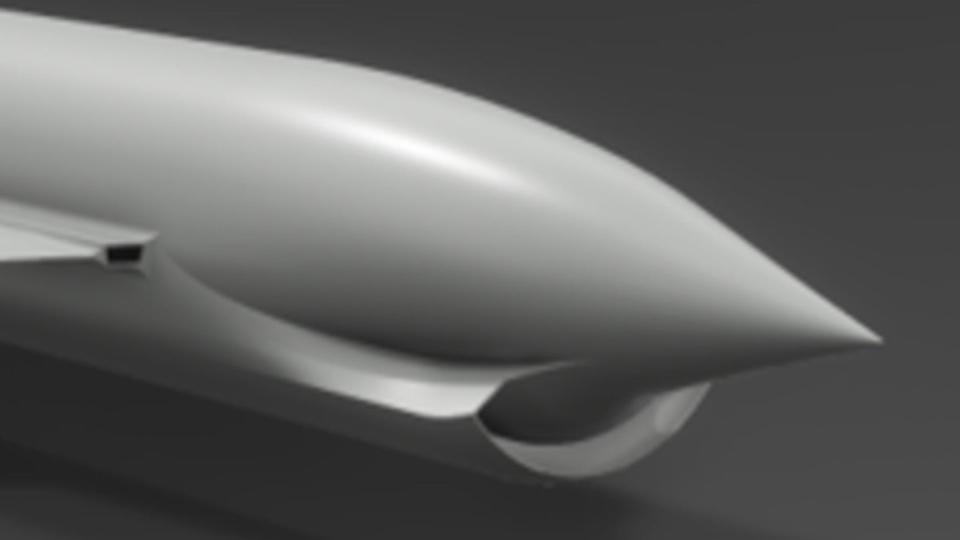
However, ramjets and scramjets do not work effectively at lower speeds. Missiles and other platforms that use these kinds of engines therefore need some way to get to an optimal speed first, typically a rocket booster of some kind. Booster rockets are often just a common component of missiles fired from ships as a byproduct of the design of the launch system, as well.
The 3SM's strakes along the middle of its body and control fins only at the tail end are also features commonly found on other high-speed missile designs. This type of arrangement helps retain stability in flight and provide lift, but with lower drag than a configuration with additional fins elsewhere along the body.
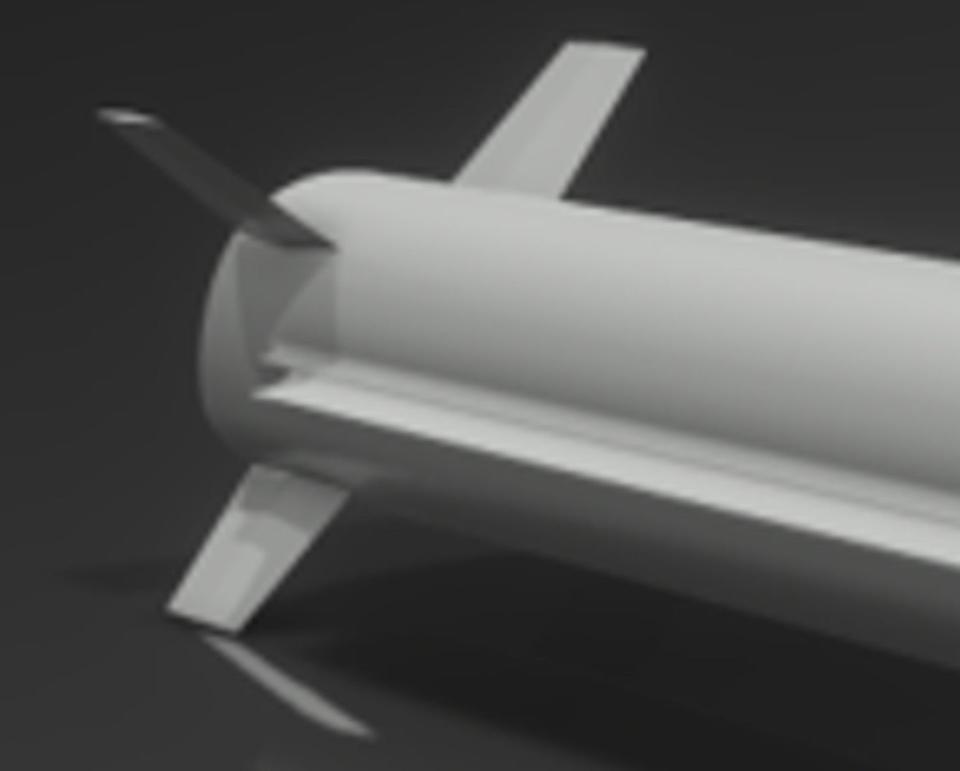
How the 3SM would be guided to its targets, or even what those targets might be, is unclear. Kongsberg has described the weapon as a "naval strike missile," rather than an anti-ship missile. Kongsberg currently makes something called the Naval Strike Missile (NSM), a stealthy subsonic design that is primarily an anti-ship missile, but that also has a secondary land-attack capability.
https://www.youtube.com/watch?v=CWzDrThl2Hg
NSM achieves this via the use of a mixture of GPS, inertial navigation system (INS), and terrain recognition to navigate to a target area, or to strike a specific set of coordinates, and an imaging infrared seeker for terminal homing against ships. Imaging infrared guidance has the benefit of being immune to radiofrequency jamming and other countermeasures intended to disrupt seekers in that spectrum.
https://www.youtube.com/watch?v=AMowaZ3I90o\u0026t=1s
Tyrfing could have a similar or even more flexible multi-mode guidance system. The conical nose cone seen in the rendering of the SM3 is indicative of a radar seeker.
Interestingly, U.S. defense contractor Northrop Grumman showed off a Maritime Strike Missile concept at the Navy League's annual Sea-Air-Space conference earlier this year that seems similar in many respects, in form and function, to the 3SM design.
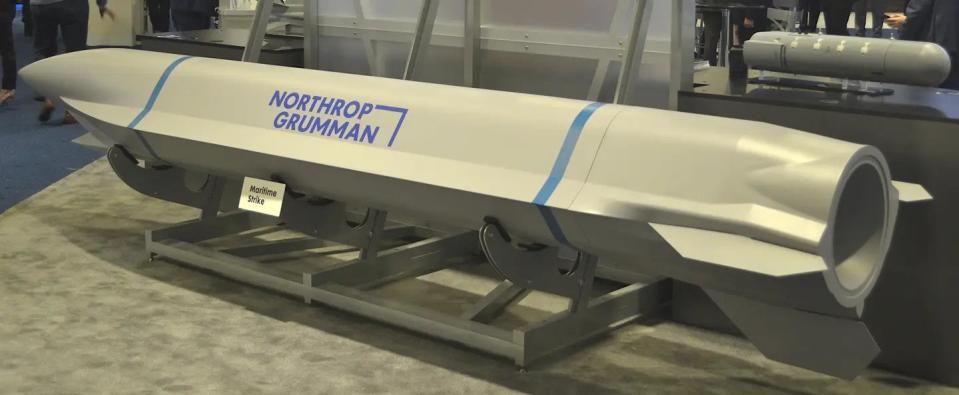
Whatever the exact specifics of the design might be, a supersonic strike missile would be a major boon for the navies of Norway and Germany.
The Norwegian Navy currently has two types of ships, its four Fridtjof Nansen class frigates (a fifth was lost in an infamous collision with a commercial tanker in 2018) and six Skjold class corvettes, which can employ the aforementioned NSM. This is the only surface-launched anti-ship cruise missile currently in service in Norway.
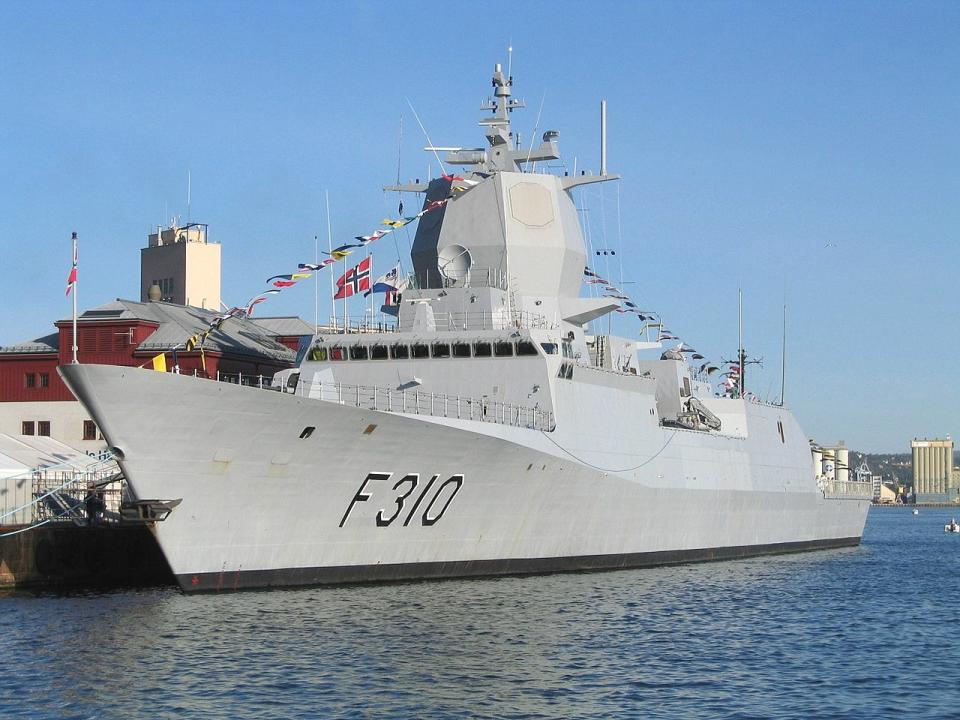
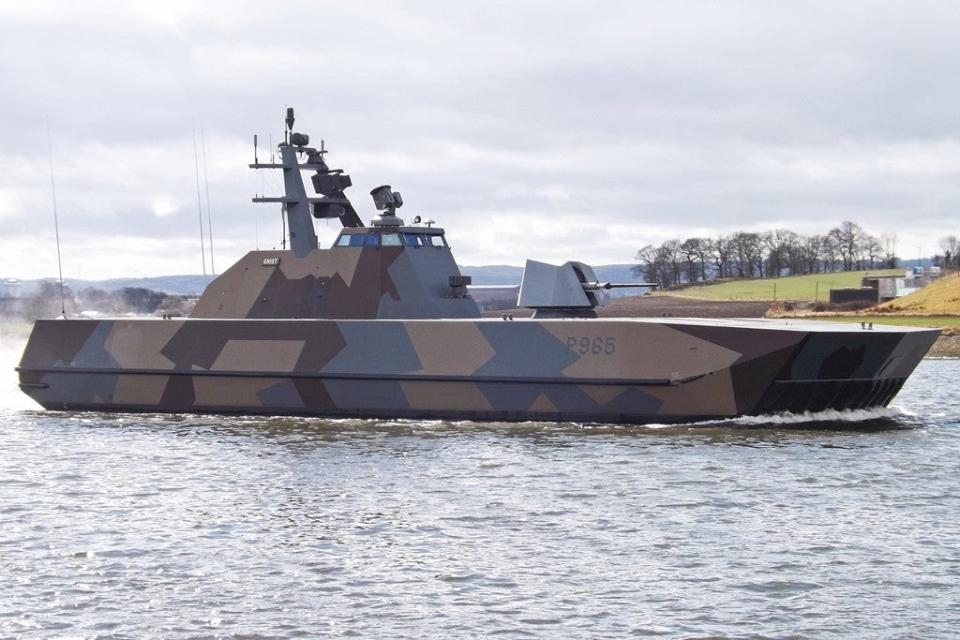
The German Navy has four Brandenburg class and three Sachsen class frigates that are armed, in part, with U.S.-made RGM-84 Harpoon subsonic anti-ship missiles.
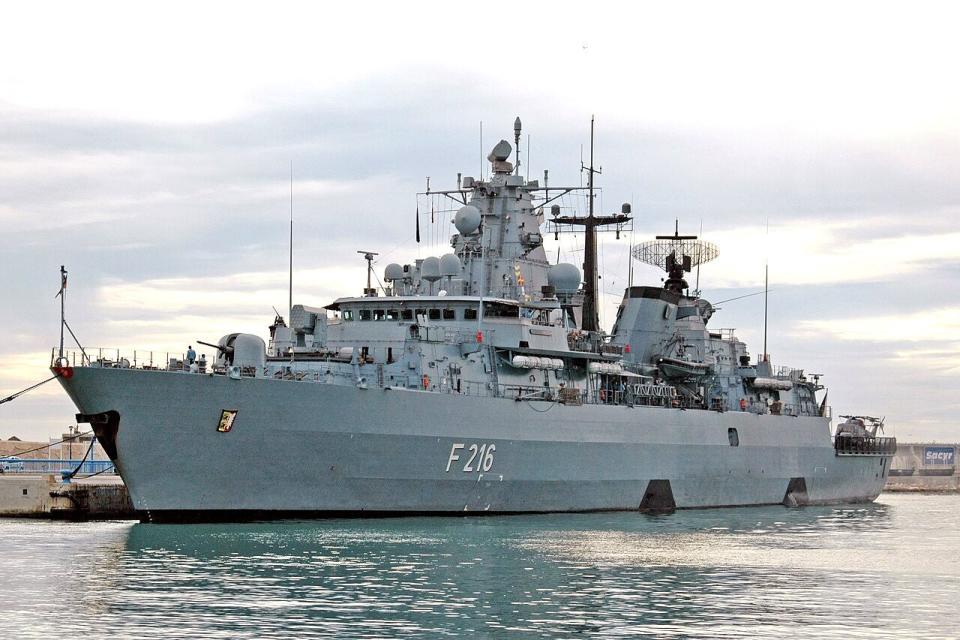
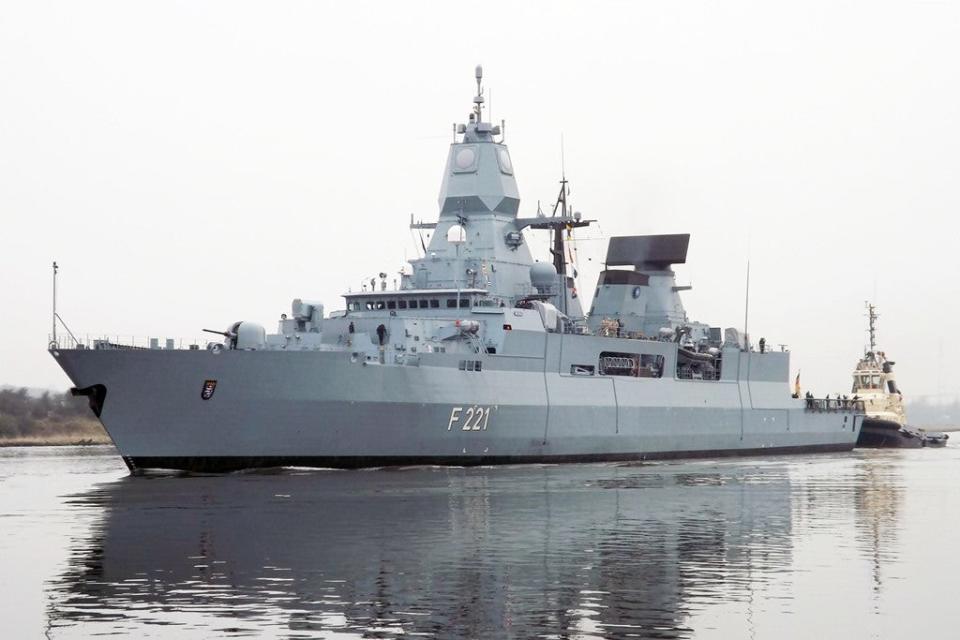
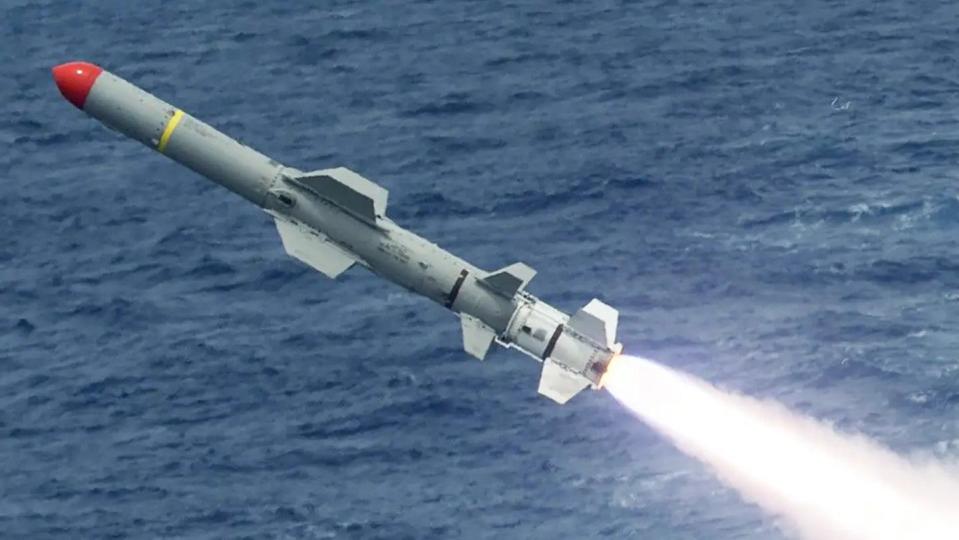
Another five Braunschweig class corvettes are also in German service, and five more are set to be acquired in the coming years. These ships can fire Swedish-designed RBS 15 Mk 3 anti-ship cruise missiles, another subsonic design that also has a secondary land-attack capability. In October, it emerged that the German Navy is also planning to refit the Brandenburg class frigates with these missiles.
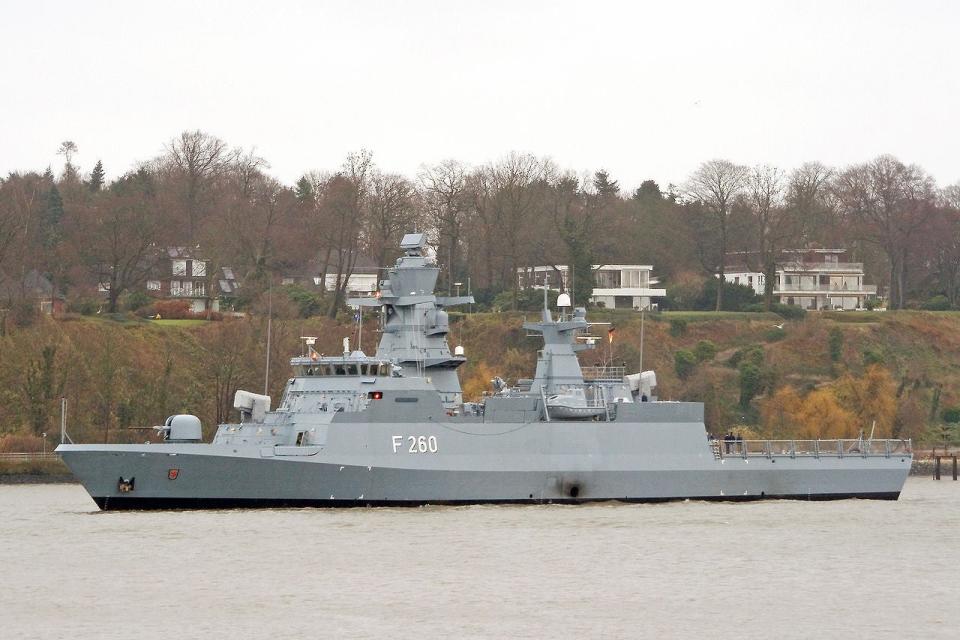
https://www.youtube.com/watch?v=NX9v1XyxY_I
Harpoon and RBS 15 are both aging designs, though significantly improved variants of both types have been developed and fielded over the years. You can read more specifically about the work still being done to expand Harpoon's capabilities here. NSM is a much more modern missile all around, and is growing in popularity around the world, including in the U.S. military, but is also still subsonic.
A supersonic missile can cover longer distances in a far shorter amount of time, shrinking the total time required between when the decision is made to engage a target and when the first weapon arrives. This can be particularly valuable for striking time-sensitive targets before they leave a certain area.
An opponent similarly has less time to react to an incoming supersonic missile in any way. On top of any stealthy or other design features to make the weapon more survivable, its speed increases the difficulty in attempting to intercept it, too.
Kongsberg says it sees the 3SM as a complement to the NSM. Arming a ship with both types of these missiles (or Tyrfings and another type of subsonic maritime strike missile) could increase its flexibility, allowing for the use of the supersonic weapons only against targets that require its distinct capabilities. 3SMs could also be layered together with subsonic cruise missiles, which could present additional challenges for defenders who would be facing a wave of incoming threats with different flight profiles.
There is also the possibility that 3SM, or variants or derivatives thereof, could be adapted to be launched from land-based platforms or aircraft, as well as be optimized for non-maritime target sets. NSM, for instance, is also available in ground-launched configurations, including one the U.S. Marine Corps is in the process of fielding. Kongsberg's air-launched Joint Strike Missile (JSM), which evolved from the NSM and was developed in cooperation with Raytheon in the United States, is another good example of this kind of follow-on development.
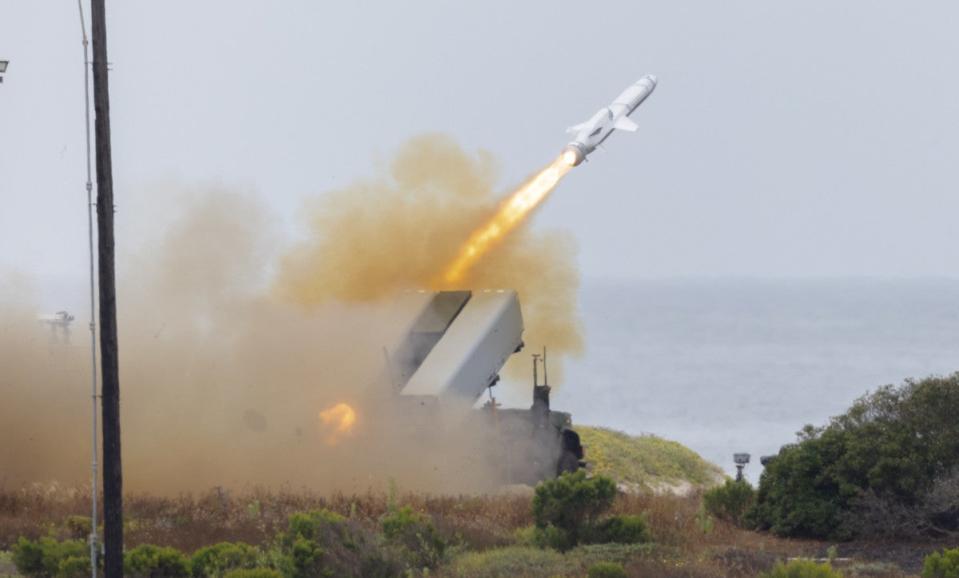
https://www.youtube.com/watch?v=C9Gsh46jnO0
That Norwegian and German authorities have kicked off the 3SM project now makes sense in many ways, too. The countries are both NATO members and are currently presented with a host of serious existing and emerging national security challenges close to home and further abroad. NATO, as a whole, has seen its role just in and around Europe be completely revitalized as a byproduct of Russia's all-out invasion of Ukraine.
Late last year, Norway notably announced that its armed forces would step up patrols around the country's offshore oil and gas installations. This came in the wake of explosions that left the Nord Stream gas pipeline in the Baltic Sea seriously damaged, as well as reports of worrisome drone activity near some of Norway's offshore platforms.
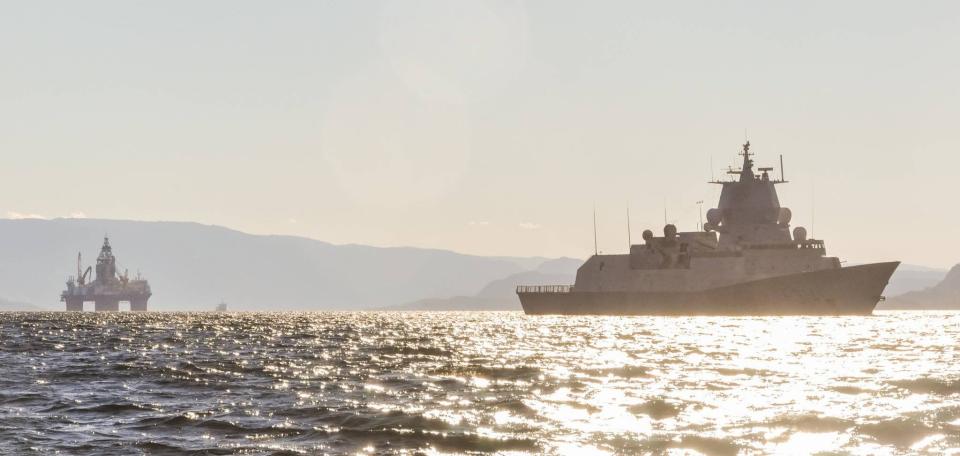
Norway is also an Arctic country with major interests in the increasingly strategic High North. Russia, as well as China, along with many of Norway's allies and partners, including the United States, are increasingly seeing the potential for new economic opportunities, and competition, as Arctic ice recedes due to global climate change.
Germany is separately looking to have an increasingly pronounced military presence in the Pacific region as part of a broader Western push to challenge Chinese influence. Defense News reported just on Monday that the German Air Force is planning to take part in a number of major exercises across the Pacific next year.
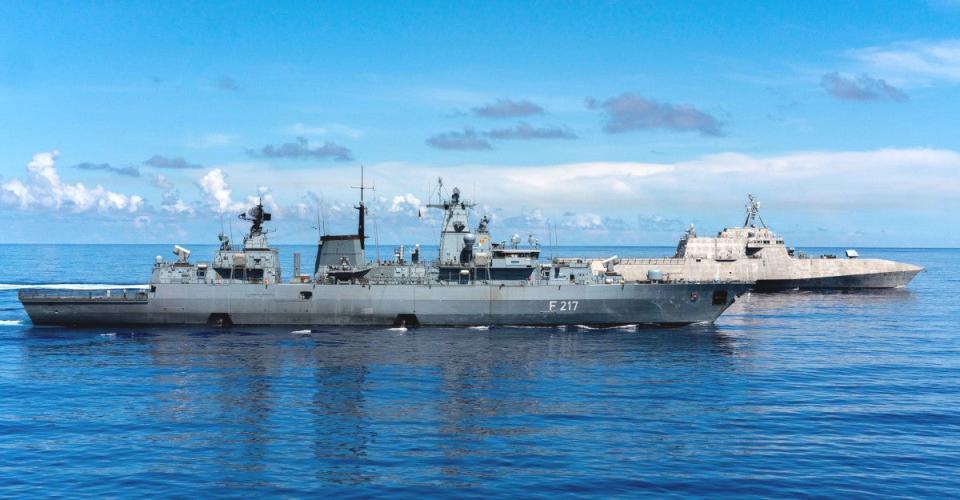
Kongsberg's announcement about the 3SM missile also highlighted economic benefits for both countries from the development and production of these weapons, which could also eventually be exported to other nations.
There are supersonic cruise missiles already in service, like Russia's P-800 Oniks (and the BrahMos derivative co-developed with India) and China's YJ-12, which both present threats and have been important drivers for other countries to pursue their own capabilities in this regard. The United States, for instance, is also looking toward new supersonic or even hypersonic anti-ship missiles.
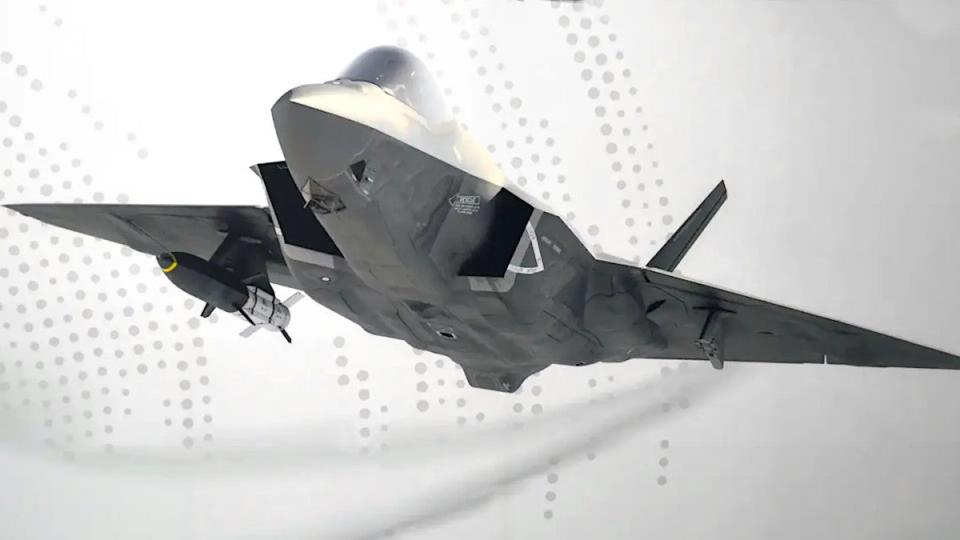
"The Norwegian defense industry, with Kongsberg at the forefront, has unique expertise and produces world-class missiles. The project will continue to extend this strategically important expertise, so we can continue to develop missiles that are attractive to other NATO countries and close allies,” Norway's Defense Minister Bjørn Arild Gram said in a statement along with the initial announcement about the 3SM project last month.
“The new strike missile project will ensure that Norway retains its position as a world leader in missile production, based on seamless cooperation between industry, governments, and research establishments," Eirik Lie, President of Kongsberg Defence & Aerospace, also said at that time. "The project will create new Norwegian jobs, while offering Norway and its allies improved defense capabilities."
All this being said, the 3SM still looks to be years away from entering service. Kongsberg says it currently hopes the missile will be "ready" – it's unclear if this refers to the completion of the development, the delivery of the first missiles, or the weapons actually being in service – by 2035.
Whatever the case, Norway and Germany have now at least made the first step forward to acquiring a new and more capable maritime strike capability for their respective warships.
Contact the author: joe@thedrive.com

